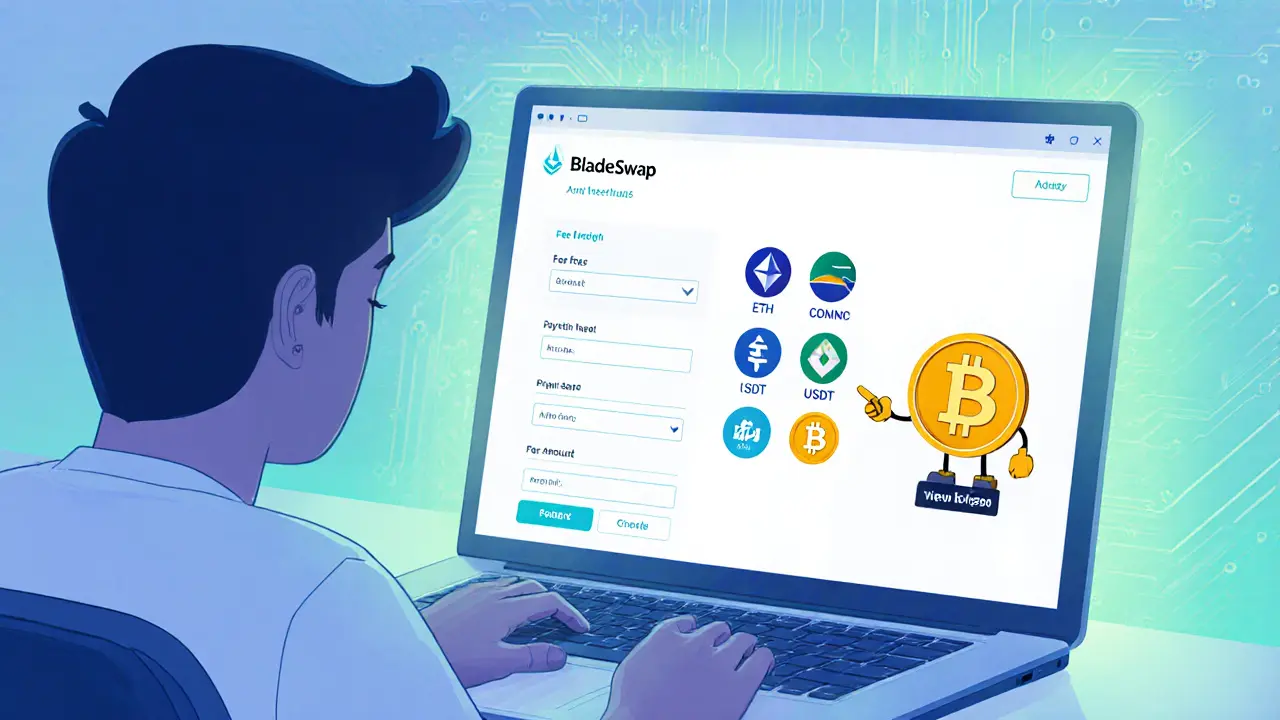When talking about trading fees, the charges applied each time you buy, sell, or swap a digital asset on a platform. Also known as transaction costs, it directly cuts into your profit margin and shapes which market you choose. Exchange fees, the percentages or flat rates a centralized or decentralized exchange takes per trade are a major component of those costs. Transaction fee estimation tools, software that predicts the network gas price you’ll pay for a blockchain transaction help you avoid overpaying on busy networks. Finally, DEX fee structures, the maker‑taker and liquidity‑provider models used by decentralized exchanges add another layer of complexity. In short, trading fees encompass exchange fees, transaction fee estimation tools, and DEX fee structures, creating a web of costs that every trader must manage.
Understanding trading fees starts with breaking them into clear attributes. The first attribute is the fee type: percentage‑based (often called taker fees), flat‑rate, or a hybrid. For example, many centralized exchanges charge a 0.1% taker fee on spot trades, while a DEX might levy a 0.3% fee split between a protocol treasury and liquidity providers. The second attribute is timing: maker fees reward orders that add liquidity, usually at a lower rate than taker fees that remove it. Third, the fee currency matters – some platforms let you pay in the native token (like BNB on Binance) to earn discounts, while others require the blockchain’s native coin (ETH, BNB, etc.) for gas. Transaction fee estimation tools bring a fourth attribute, prediction accuracy, which depends on real‑time network congestion and algorithmic models such as EIP‑1559’s base fee plus tip. Finally, fee transparency is an attribute that varies widely; a well‑documented exchange will list maker/taker tiers, volume‑based discounts, and any hidden costs like withdrawal charges. These attributes together shape the overall cost you face, influence which markets you trade, and affect the profitability of strategies like arbitrage or yield farming.
The collection of articles below dives deep into each of these aspects. You’ll find in‑depth reviews of DEXs like Firebird Finance on Polygon and ThunderSwap on BSC, both of which break down swap fees, vault charges, and token incentives. There are practical guides on how to use transaction fee estimation tools for Bitcoin, Ethereum, and emerging chains, plus comparisons of fee models across centralized platforms such as Tapbit and Koinbay. Regulatory pieces explain how different jurisdictions treat trading fees for tax purposes, while technical write‑ups explore how block time and network congestion drive fee fluctuations. Whether you’re looking to minimize costs on a single trade, optimize a high‑frequency strategy, or simply understand why gas prices spike during market rallies, the posts here give you actionable insights and real‑world numbers to work with. Ready to see how each fee element plays out in actual platforms? Keep reading to explore the detailed reviews, tools, and tips that will help you keep more of your gains.

An in‑depth BladeSwap crypto exchange review covering its features, fees, security, regional limits and how it compares to Kraken, Crypto.com and Bitpanda.